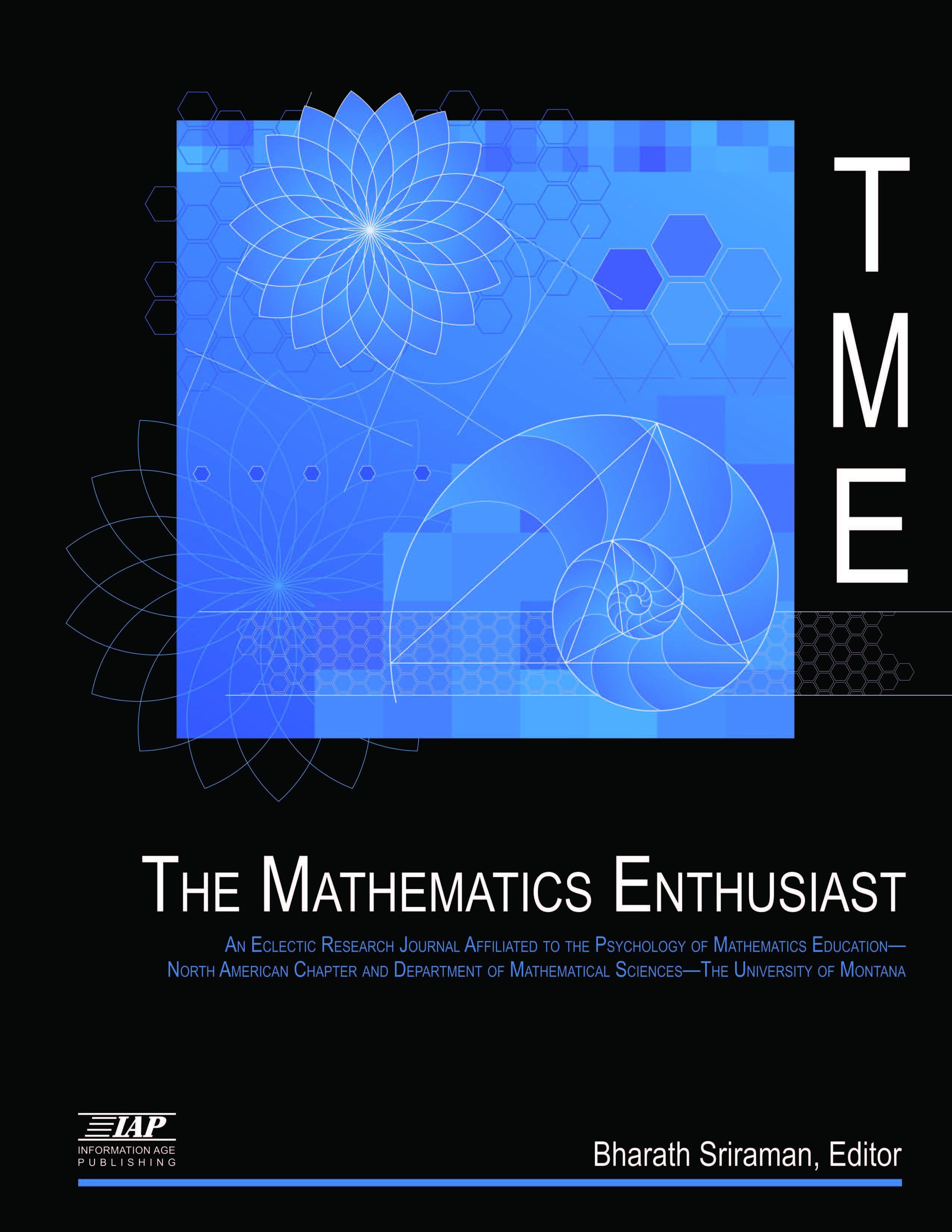
Volume
21
Issue
1-2
Abstract
After the Hindu-Arabic decimal positional system was introduced in Europe, throughout many centuries textbooks on elementary arithmetic, intended for beginners, had a more or less fixed organization of content, usually starting with chapters on numeration. These chapters, as a rule, contained one or more examples of large integers the purpose of which was simply to be named (read out loud), sometimes also vice versa. This tradition apparently began with the two first texts that significantly contributed to the spread of the decimal system in Europe—the Latin translations of al- Khwarizmi’s treatise on decimal arithmetic, and Leonardo’s Liber Abaci, containing examples of reading a 16-digit and a 15-digit number respectively. Throughout the centuries, the order of magnitude of these introductory numbers increased, in general up to some 30 digits, but in some cases to over 60 digits. In this paper we examine the development and extent of this characteristic of introductory arithmetic textbooks from the period 13th–19th century, and the conditions which lead to this, now extinct, practice.
First Page
54
Last Page
70
Recommended Citation
Bruckler, Franka Miriam and Stilinovic, Vladimir
(2024)
"The Tradition of Large Integers in Historical Arithmetical Textbooks,"
The Mathematics Enthusiast: Vol. 21
:
No.
1
, Article 5.
DOI: https://doi.org/10.54870/1551-3440.1617
Available at:
https://scholarworks.umt.edu/tme/vol21/iss1/5
Digital Object Identifier (DOI)
10.54870/1551-3440.1617
Publisher
University of Montana, Maureen and Mike Mansfield Library
